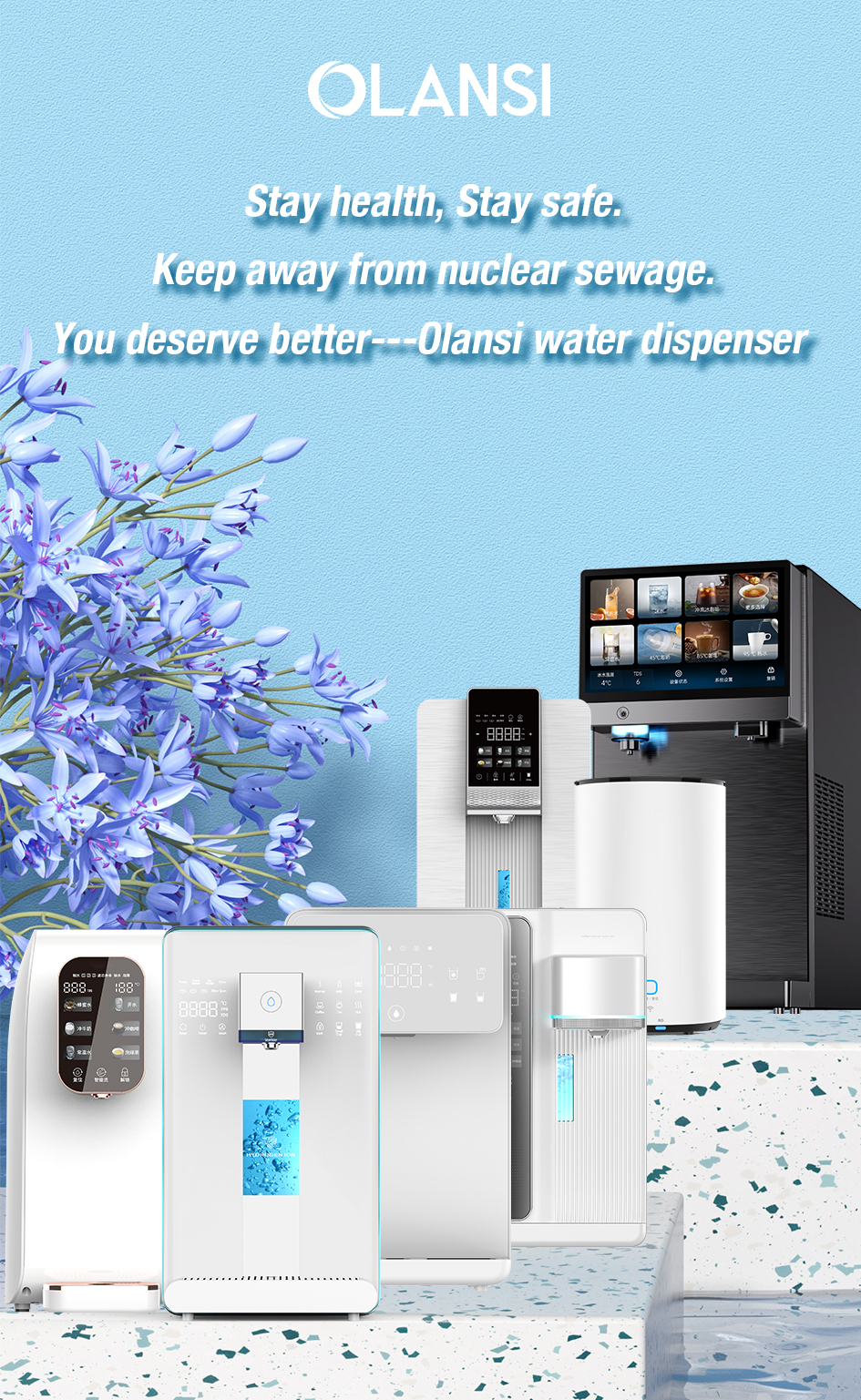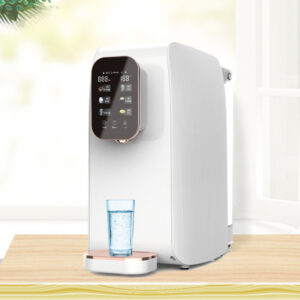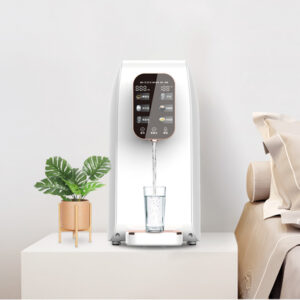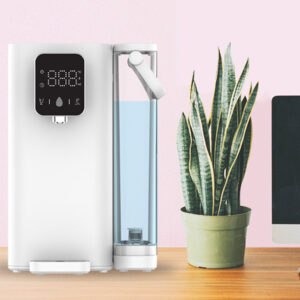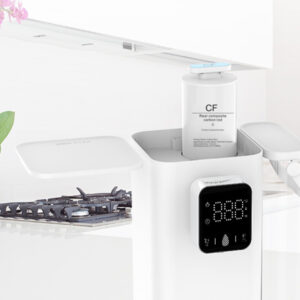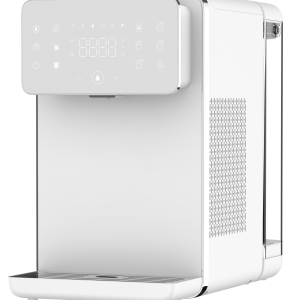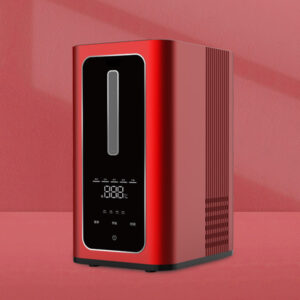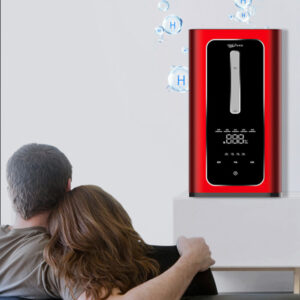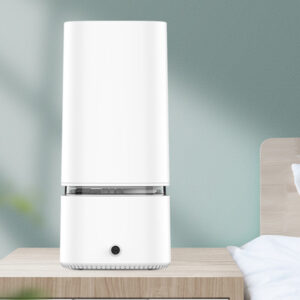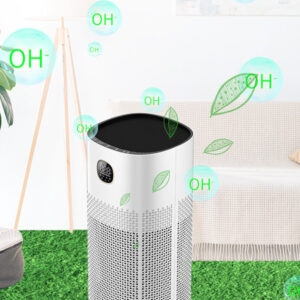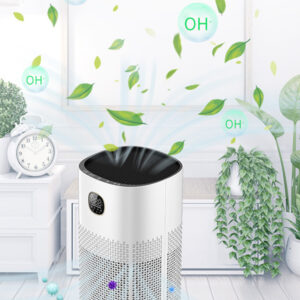Sparkling Water Maker factory: A Complete Analysis of How It Works
Sparkling water has become increasingly popular in today’s health-conscious society. With people becoming more aware of the negative effects of sugary drinks and the importance of staying hydrated, sparkling water has emerged as a healthier alternative. This article will delve into the science behind sparkling water making, the manufacturing process of sparkling water makers, the components of a sparkling water maker factory, quality control measures, environmental sustainability, maintenance and repair procedures, safety measures, market trends, and future prospects of the sparkling water maker industry.
The Science behind Sparkling Water Making
The process of making sparkling water involves carbonation, which is the introduction of carbon dioxide (CO2) into the water to create bubbles. Carbonation can occur naturally through underground springs or artificially through the use of a sparkling water maker. In the case of artificial carbonation, CO2 is injected into the water under pressure, causing it to dissolve and form bubbles.
The role of CO2 in creating bubbles is due to its solubility in water. When CO2 is dissolved in water, it forms carbonic acid, which then dissociates into bicarbonate ions and hydrogen ions. The release of these hydrogen ions creates a slightly acidic environment, which helps to stabilize the carbonation and prevent the CO2 from escaping as gas.
The chemical reactions involved in carbonation are complex and depend on factors such as temperature, pressure, and the presence of other substances in the water. These reactions can be influenced by the pH of the water, the concentration of dissolved minerals, and the presence of impurities. Understanding these reactions is crucial in ensuring the quality and consistency of sparkling water.
The Manufacturing Process of Sparkling Water Maker
The production process of a sparkling water maker involves several steps to ensure the creation of high-quality sparkling water. The first step is the preparation of the water, which involves filtering and purifying it to remove any impurities or contaminants. This is important to ensure that the final product is safe for consumption.
Once the water is prepared, it is then carbonated using specialized machinery and equipment. The carbonation process involves injecting CO2 into the water under pressure, allowing it to dissolve and create bubbles. The amount of CO2 injected can be adjusted to achieve the desired level of carbonation.
After carbonation, the sparkling water is then bottled or packaged for distribution. This step involves the use of automated machinery to fill and seal the bottles or containers. Quality control measures are implemented throughout the production process to ensure that the sparkling water meets the required standards.
Components of Sparkling Water Maker Factory
A sparkling water maker factory consists of various components that work together to produce sparkling water. These components include:
Carbonation System: This system is responsible for injecting CO2 into the water to create carbonation. It consists of a CO2 cylinder, a pressure regulator, and a carbonation chamber.
Water Filtration System: This system is used to filter and purify the water before it is carbonated. It typically includes filters, membranes, and other purification technologies.
Bottling or Packaging Machinery: This machinery is used to fill and seal the bottles or containers with sparkling water. It can include filling machines, capping machines, labeling machines, and packaging machines.
Quality Control Equipment: This equipment is used to monitor and test the quality of the sparkling water throughout the production process. It can include pH meters, dissolved oxygen meters, conductivity meters, and microbiological testing equipment.
Quality Control Measures in Sparkling Water Maker Factory
Quality control is crucial in ensuring that the sparkling water produced meets the required standards of safety and quality. In a sparkling water maker factory, several quality control measures are implemented throughout the production process.
Firstly, raw materials such as water and CO2 are tested for purity and quality before they are used in the production process. This ensures that only high-quality ingredients are used in the production of sparkling water.
Secondly, the carbonation process is closely monitored to ensure that the desired level of carbonation is achieved. This can be done through regular testing of the sparkling water for its carbonation level using specialized equipment.
Thirdly, the bottled or packaged sparkling water is subjected to various tests to ensure its quality. These tests can include pH testing, dissolved oxygen testing, conductivity testing, and microbiological testing. Any deviations from the required standards are identified and addressed to maintain the quality of the sparkling water.
Environmental Sustainability in Sparkling Water Maker Factory
This is an important consideration in manufacturing, including the production of sparkling water. Sparkling water maker factories implement various sustainability measures to minimize their environmental impact.
One such measure is the use of energy-efficient machinery and equipment. This helps to reduce energy consumption and lower greenhouse gas emissions. Additionally, factories may use renewable energy sources such as solar or wind power to further reduce their carbon footprint.
Water conservation is another important aspect of sustainability in sparkling water maker factories. Water is a precious resource, and factories strive to minimize water usage through efficient processes and recycling systems. Wastewater treatment systems may also be implemented to ensure that any water discharged from the factory meets environmental standards.
Furthermore, factories may implement recycling programs to reduce waste generation. This can include recycling packaging materials, reusing water bottles, and implementing waste segregation systems.
Safety Measures in Sparkling Water Maker Factory
Safety is of utmost importance in any manufacturing facility, including sparkling water maker factories. Various safety measures are implemented to protect workers and ensure a safe working environment.
Firstly, workers are provided with appropriate personal protective equipment (PPE) such as gloves, safety glasses, and protective clothing. This helps to minimize the risk of injuries or exposure to hazardous substances.
Secondly, training programs are conducted to educate workers on safety procedures and protocols. This includes training on the safe operation of machinery and equipment, handling of chemicals, and emergency response procedures.
Thirdly, regular inspections and maintenance of machinery and equipment are carried out to identify and address any potential safety hazards. This can include checking for loose or damaged parts, ensuring proper grounding of electrical equipment, and maintaining clear pathways for movement.
Final Verdict
In conclusion, sparkling water has become a popular choice for health-conscious individuals seeking a refreshing and hydrating beverage. Sparkling water maker factories play a crucial role in meeting the demand for high-quality sparkling water. Through the use of specialized machinery, quality control measures, and sustainability practices, these factories ensure the production of safe and environmentally friendly sparkling water.
By understanding the science behind sparkling water making, implementing proper maintenance and repair procedures, and prioritizing safety measures, sparkling water maker factories can continue to produce sparkling water that promotes a healthy lifestyle. With market trends indicating continued growth and future prospects looking promising, the sparkling water maker industry is poised to thrive in the years to come.


